Blog
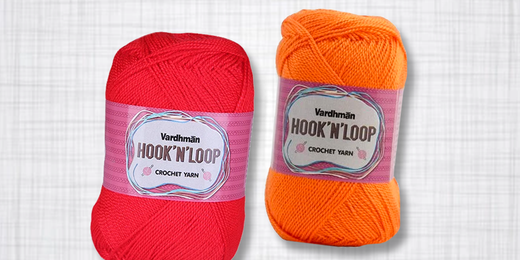
What are the different types of crochet yarn?
With the right amount of yarn, weight, color, fibers and experience, crocheting can be your absolute favorite exercise in the world. It is impossible not to get addicted to such a wonderful craft. Whether you enjoy it or absolutely despise the craft depends on getting a combination of two things right – The right mindset and the right yarn.
View More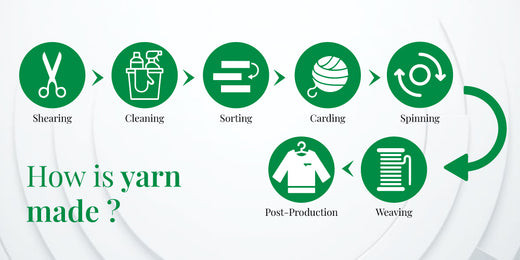
How is Yarn Made?
As with the curiosity of the human mind, it is only sane to question everything that we come across. Today, let’s talk about wool and how it's made. The first thing you think of when you think wool is probably the cold winters, chilly evenings and chai. Wool is directly associated with winters and good memories. It is perhaps the most comforting thing that man has ever discovered.
View More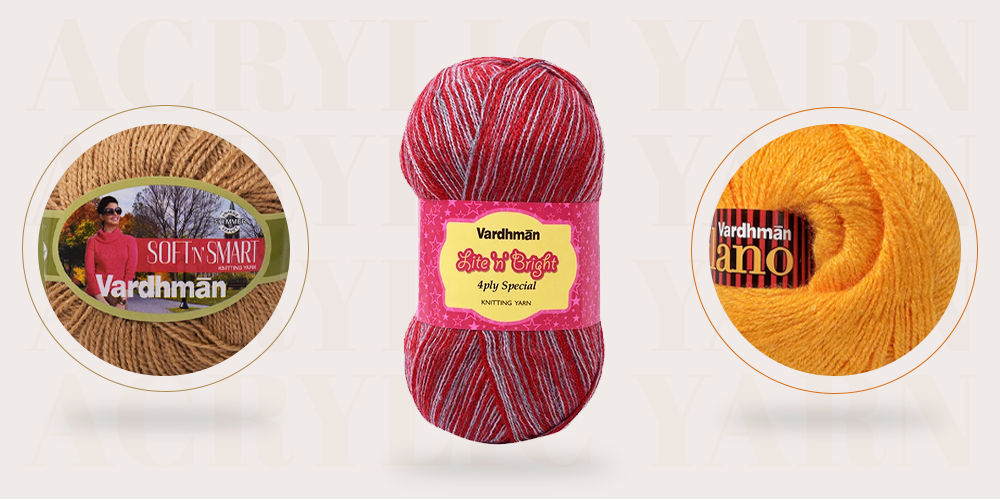
What Is Acrylic Yarn?
Acrylic yarn is made from man-made or synthetic fibres. It is made entirely of acrylic fibre, which means it contains no natural animal hair or cotton. Acrylic, like other yarns, is formed into a continuous piece and wrapped into a ball, or skein, for use in knitting, crochet, rug making, and other craft projects. Acrylic yarns, unlike natural fibre yarns such as cotton, silk, bamboo, and wool, are twisted into long lengths rather than spun.
View More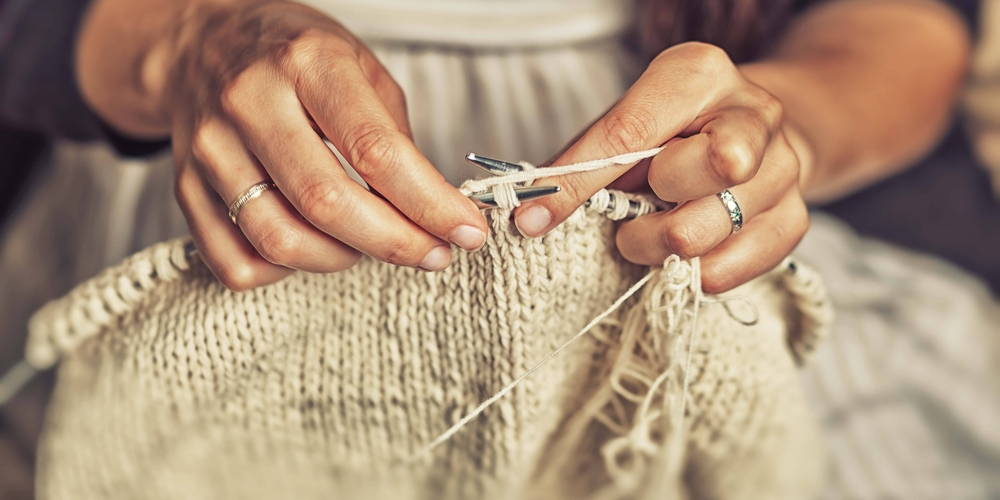
Ultimate Guide To Counting Rows While Knitting
Counting stitches and rows is a common requirement in knitting patterns. This is particularly handy for checking your tension, but it may also be used for a variety of other purposes. You might need to count a certain number of stitches to make a decrease in the correct spot, or knit a certain number of rows according to your pattern.
View More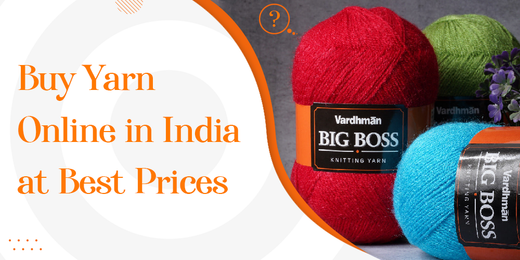
Buy Yarn Online in India at Best Prices
Are you a knitter? Are you looking for a place to purchase all your knitting specialties from? Vardhman Knit World has a huge collection of yarns that you are going to love. Ranging from premium acrylic yarns, 100% cotton yarns, nylon and blended yarns, we have yarns in every color imaginable
View More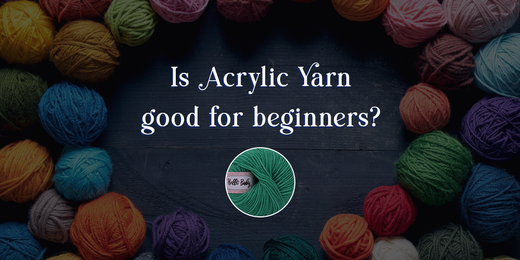
Is Acrylic Yarn Good for Beginners?
While it's difficult enough to learn to crochet, let’s not complicate things by picking the wrong yarn. But, with so many lovely yarns to choose from, how do you decide which is ideal for learning? When you first start crocheting, here are some advice on how to avoid the wrong yarns and choose the best yarns for the job.
View More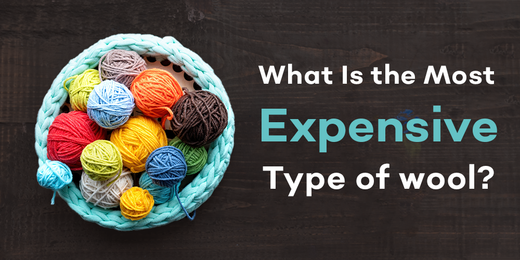
What Is the Most Expensive Type of Wool?
Wearing a wool sweater or scarf can be really appealing. It's natural, soft, and warming. The price of wool can vary greatly depending on the process used to create it. While wool is well worth the investment, it's critical to understand why it's so costly. Wool is widely sought after, and many people are aware that it is a high-end material.
View More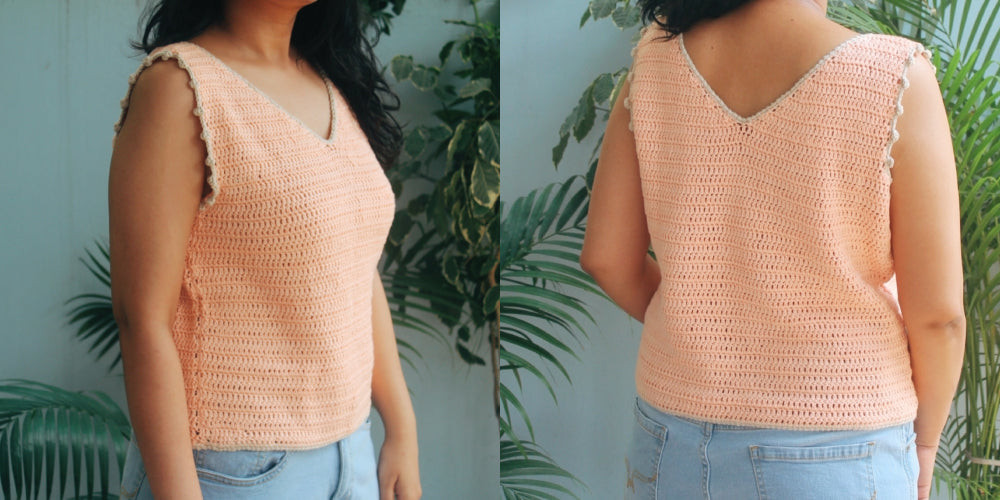
Cool Summer Top (FREE CROCHET PATTERN)
If you thought that summer was not for yarn, think again! While the sun is high and winds heavy, we have been curating a list of cool summer patterns that you can crochet in your free time. We are back with another summertime craft that will make your summer an enjoyable affair. This trendy crochet top is easy to make making it perfect for beginners.
View More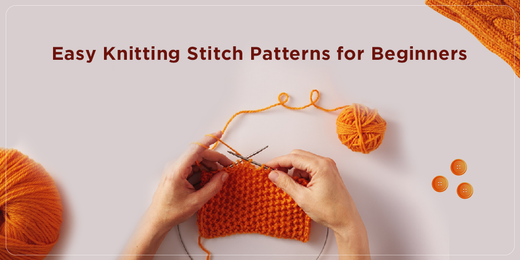
Easy Knitting Stitch Patterns for Beginners
Knowing how to knit these five stitch patterns is essential for all knitters, from beginners to experts. Mastering these stitches will allow you to experiment with different knitting patterns and add texture to your projects. What are some easy stitches for beginner knitters?
View More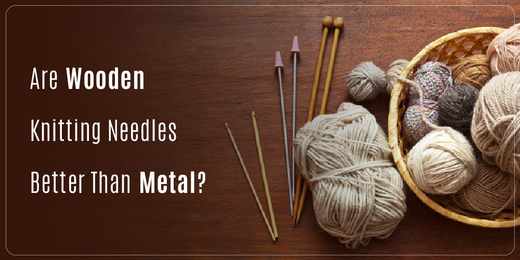
Are Wooden Knitting Needles Better Than Metal?
Knitting Needles are available in a number of sizes, materials, and styles, allowing knitters to create a variety of stitch sizes and knitted items. Knitting needles are normally made of wood, metal, or plastic and range in size from 0000 to 50, with straight, circular, double-pointed, and interchangeable varieties available.
View More
Where Do We Get Yarn From? What It’s Made From and More
In hindsight, yarn is defined as "a continuous string of twisted threads of natural or synthetic fibres, such as wool or nylon, used in weaving or knitting" by the English Dictionary. Fibre or Thread is defined as a "thin strand, cord, or filament of natural or manufactured material" OR "a fine cord of a fibrous material, such as cotton or flax, composed of two or more filaments twisted together and used in needlework and cloth weaving.
View More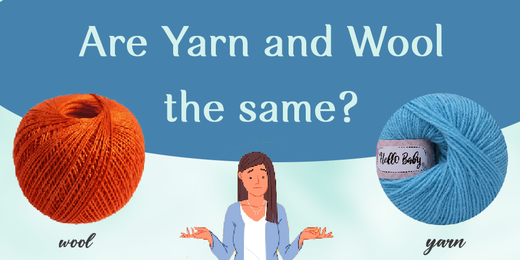
Are yarn and wool the same thing?
If you are an avid knitter, you must have come across the terms yarn and wool often. What do those terms actually signify, and how do they differ?
View More
